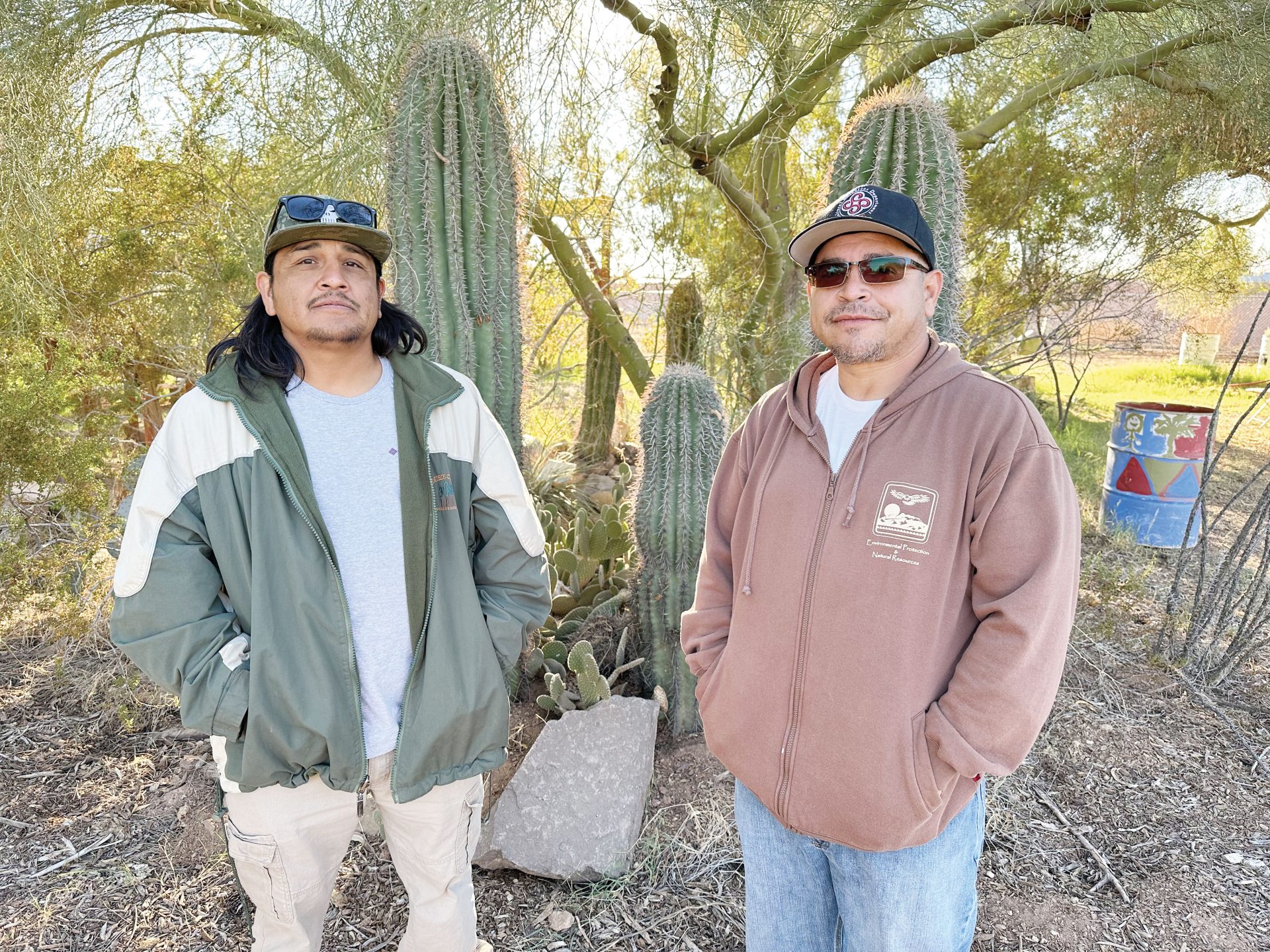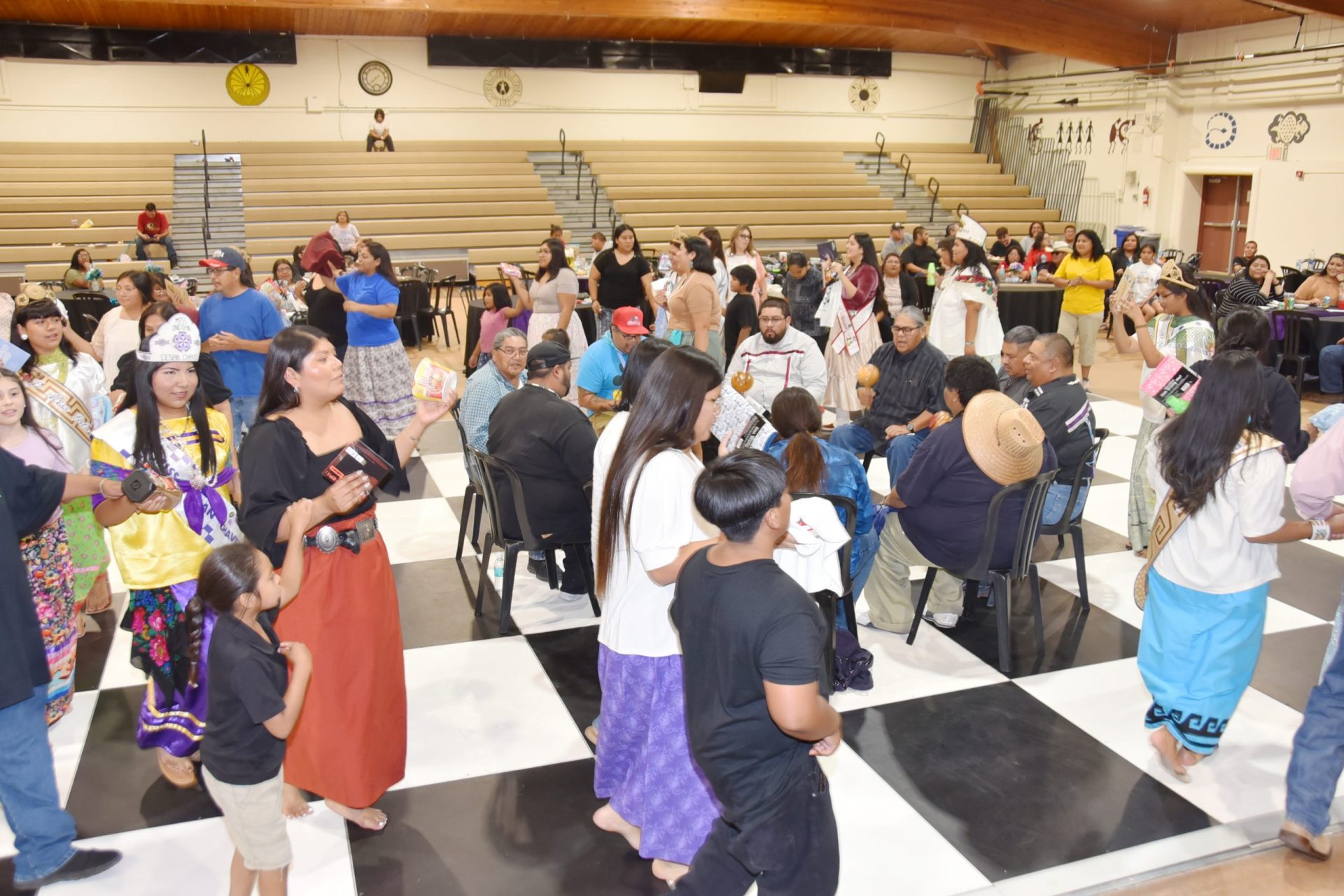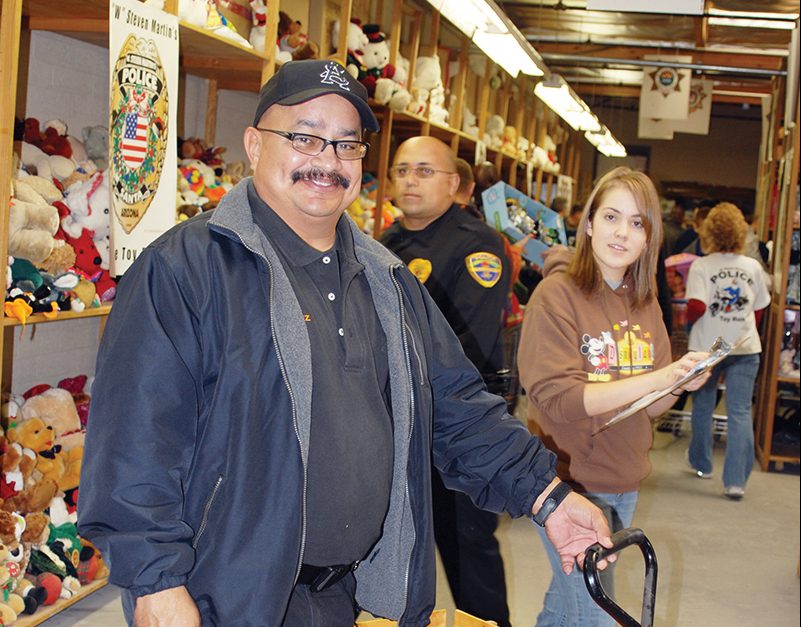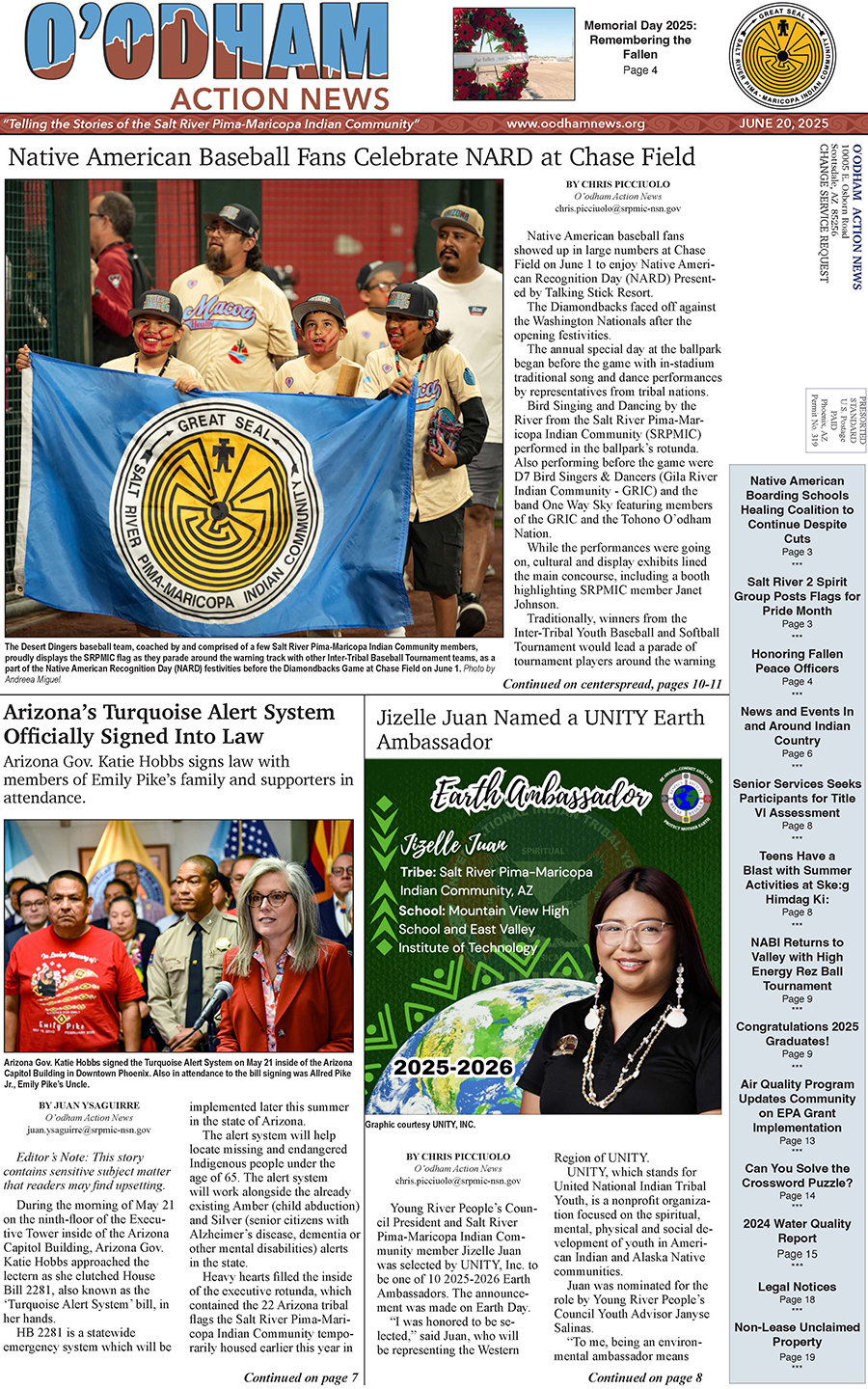VIEWS: 2066
December 1, 2022Community Garden Acquires New Land Parcel and Equipment
As Community Garden coordinator and Council member-elect Jacob Butler transitions into a new role with the Salt River Pima-Maricopa Indian Community, he and other staff members of the Cultural Resources Department (CRD) have been working to ensure that the garden will continue to thrive.
“We’re trying to make sure the garden is going to carry on without me,” Butler said. “One of the biggest assets we have to make sure that happens is bringing back Stetson Mendoza.”
Mendoza served as the Community Garden coordinator for a few years, and he has plenty of experience in running community gardens. The garden staff also will have access to new parcel of land, measuring just under an acre, to grow produce for the Community.

Currently, the garden is set up as a seed bank that can support home gardens and the Community’s need for seeds. The new field will be dedicated to growing traditional foods such as wheat, tepary beans and squash.
“With this new parcel of land, we can grow produce and still save seeds from it, but give out actual food to people,” said Butler.
Butler said that the department has acquired additional equipment to use with the garden’s tractor. Now, with the added attachments, one person can manage an entire field—till the land, weed the field, and set rows for seeds. The tractor initially was used for removing mulch and creating compost.
The Community also just acquired some land from Community members south of where the new field will be, and CRD was asked to provide input on what they would like to see there. Butler would like to see a greenhouse.
“If we have a greenhouse here, the service we can provide to the Community is far greater,” said Butler.
Because the new parcel of land has evidence of traditional habitation, CRD will have to wait for a site monitor to come out and review the site for any potential archeological concerns. Once the site is deemed ready to go, the next phase would be to draw water from a nearby ditch, add electricity to the garden, prepare the soil, and get the land ready to plant by mid-February.







